Did you know the medical school that received more applications than any other in 2022-2023 wasn’t an MD program? According to U.S. News and World Report, Lake Erie College of Osteopathic Medicine fielded 21,364 applications that year. In fact, the American Association of Colleges of Osteopathic Medicine (AACOM) reports that approximately 25% of all U.S. medical students are currently enrolled in a Doctor of Osteopathic Medicine (DO) program—not an MD program.
So, what is a DO, and what does their pathway to medical school look like compared to an MD? This article offers an overview—and explains how Tiber Health’s MSMS university partners can help you prepare for either option.
Osteopaths vs. Allopaths – Different Philosophies, Same Goal
Osteopathy is a medical discipline that originated in the U.S. and dates back to the 19th century. Andrew Taylor Still, a former Civil War physician, felt that medical care had become too focused on addressing symptoms with procedures and pharmaceuticals—what is known as the “allopathic” model of medicine. Still championed a more holistic approach to care, taking into consideration the body's innate ability to heal itself and the lifestyle factors that influence health as part of treatment.
Most readers of this article are probably aware that the prefix “osteo-“ means “bone”. One of the most distinguishing features of osteopathic medicine is its inclusion of osteopathic manipulative medicine (OMM), in which DOs use their hands to diagnose and treat musculoskeletal issues that may be causing or exacerbating injuries or illness. DOs learn 40 different OMM techniques in their medical education, and will use them to promote general wellness for their patients in addition to using them for treatment.
Training Pathways
Aspiring doctors, whether MD or DO, must take the MCAT and complete science prerequisites in order to apply to medical school. Once admitted, both MD and DO students spend their first two years of medical school studying a similar pre-clinical curriculum—sciences and diagnostic techniques.
The clinical years diverge slightly. While both MD and DO students complete clerkships in different specialties, DO students complete additional training in OMM during this time. Licensing exams are also different. MD students will take the U.S. Medical Licensing Exam (USMLE) during medical school, while DO students take the Comprehensive Osteopathic Medical Licensing Exam (COMLEX).
MDs and DOs Tend to Choose Different Specialties
As of 2020, MD and DO students can apply to the same residencies after graduation. However, DOs have a clear preference for specific fields. Data from the 2023 Osteopathic Medical Profession Report (p. 4) by the American Osteopathic Association (AOA) reveals that 57% of DOs practice in a primary care specialty (family medicine, pediatrics, or internal medicine). By comparison, American Association of Medical Colleges (AAMC) data shows that only 28% of MDs were working in primary care.
How to Decide Between DO and MD Programs
First, it’s important to note that you can apply to both DO and MD programs if you want to. But when you’re accepted to both MD and DO programs, you’ll need to decide which to choose. Here are some factors to consider:
- Are you drawn to a more holistic approach that considers both physical and emotional well-being, or do you prefer to focus only on evidence-based medicine and technology-driven treatments?
- What’s your desired specialty and practice setting? You can pursue any residency you want whether you’re an MD or DO, but certain specialties, particularly ophthalmology and surgical specialties, tend to favor MD graduates.
- How do you feel about OMM? If you’re not interested in getting hands-on with patients, a DO program may not be right for you.
Both pathways lead to fulfilling careers as physicians, and neither is inherently superior to the other. Instead, focus on choosing the pathway that resonates most with your goals and aspirations.
How the Tiber MSMS Can Help You Pursue a DO Program
Earning your MSMS with a Tiber Health university partner can help you prepare for osteopathic medical school on two fronts. First, our program mirrors the first-year curriculum you’d find in an MD or DO program, so you’re developing the science background you’ll need to succeed in a DO program.
Second, if you choose to study with our partner Jacksonville University, you can pursue a linkage with Lake Erie College of Osteopathic Medicine. If you complete your MSMS and meet performance standards, you can receive preferential consideration for admission to LECOM. Find a Tiber Health MSMS program near you today!



